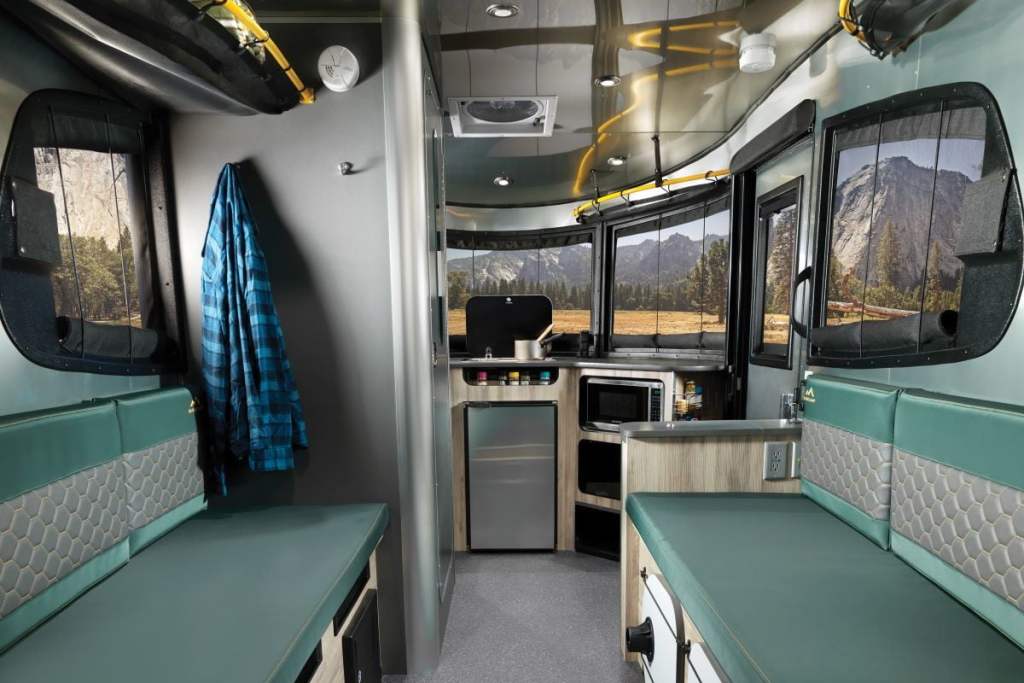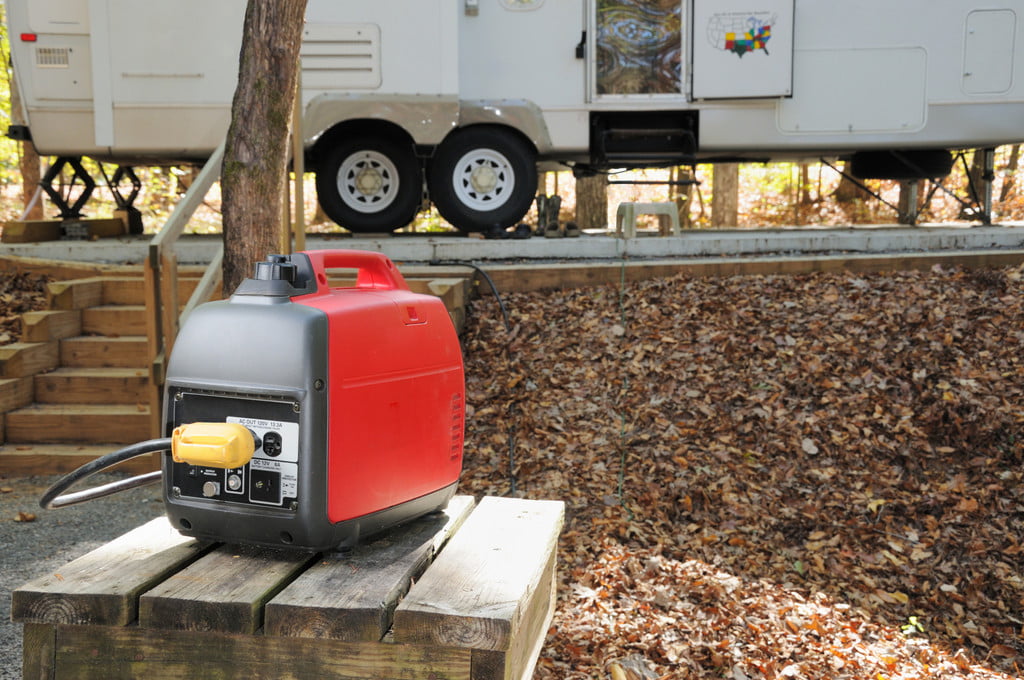The recreational vehicle (RV) culture is not just a hobby, it’s a lifestyle. With an RV, you can travel anywhere you want and have your kitchen, bedroom, and living room with you at all times. No need to rent a hotel room or stay with friends and family. These vehicles are particularly popular among camping families since you can soak in the wilderness while still enjoying some of the comforts of home like plumbing, electricity, and a comfortable bed. If you’re ready for the RV lifestyle, we’re here to help. We’ve compiled an ultimate motor home buyer’s guide to help you make the right choices when it comes to your new motor home.

Things to consider before purchasing a motor home
There are some things you should think about before making your motor home purchase. Considering your answers to the following questions will help you save time, money, and a lot of trouble once you’ve purchased your new wheels.
Where and how far will you be traveling?
If you plan on making long cross-country trips, you may want to splurge on a nicer, more luxurious motor home model. Consider the fact that motor homes do not get great gas mileage in general, but the latest and greatest models tend to be a bit easier on the wallet. Another consideration is what type of weather you’ll be encountering in your new motor home. If you’re traveling through hot areas, you’ll want to be sure your motor home is equipped with sufficient air conditioning that will keep you comfortable. If you are traveling in colder weather, be sure your motor home is winterized and insulated well to keep you warm and keep the cost of heating the space lower.
Who will be traveling?
There are many different sizes of motor homes, all equipped with varying amounts of sleeping space. If you’re traveling solo or with just your partner, you obviously won’t need a motor home with as much sleeping space as a family of four will need. Be sure the sleeping and lounging space in your new motor home leaves enough room for everyone traveling to be comfortable, especially during long drives.
Where will you park and store your motor home?
While traveling, keep in mind that it is not necessarily legal for you to park your motor home anywhere you want. There are some commonly-known areas where it’s free to park your RV, including truck stops as well as the parking lots of stores like Walmart, Home Depot, and many outdoor recreation stores. If you’re traveling cross-country, plan to stop at one of the many state and national parks since many of them have reasonably-priced campsite fees between $15 and $50 per night.
Storing your motor home during the off-season is another thing to consider. If your garage is large enough to house it, you’re golden, but parking it in your driveway may be an issue. Not only will it be exposed to the elements during cold weather, but some local jurisdictions and even homeowners’ associations ban the practice of parking RVs in the driveway. There are garage storage spaces available to rent in most cities, and the cost of storage can range anywhere from $30 to $100 per month.
What is your budget?
The most important thing to consider before splurging on a new motor home is your budget. Not only will you be paying the purchase price of the rig itself, but there are other expenses associated with buying and using an RV. Gas is a big expense since RVs tend to get incredibly poor gas mileage. Other expenses you’ll need to budget are maintenance, insurance, campsite fees, storage fees, and even the cost of utilities like generators and propane.

Different types of motor homes
Now that you’ve considered the expenses associated with owning a motor home, let’s take a look at the different types of motor homes available. Each type we’ll discuss is part of a class, and each class is defined by the size and amenities of the motor home. Space and luxury are expensive components, which is why the first class is the priciest.
Class A motor homes
These rigs are the ones you probably think of first when you think of motor homes. They are traditional bus-sized motor homes and they offer the highest amount of living and sleeping space available. Typically an average of 40 feet in length, class A motor homes usually have multiple bedrooms as well as convertible sleeping areas, a full kitchen, full bathroom, and ample storage space.
Class B motor homes
Class B motor homes are actually the smallest type of motor home and tend to be the most popular on the road due to affordability and ease of driving. They typically have one bed plus a couple of convertible sleeping areas, a smaller kitchen, a wet bath, and limited storage space.
Class C motor homes
The defining feature of class C motor homes is that the space above the driver’s seat is occupied by an extra bed. So, these rigs have one standard bedroom, the bed space above the driver, and a couple of convertible sleeping spaces. They generally come equipped with a full kitchen and bathroom as well as a good amount of storage space within an average of 28 feet in length.
Traveling with a motor home, especially one with the right camper features, is a beloved lifestyle of millions of families, and for good reason. Family vacations tend to be less expensive and more convenient, and it’s a great lifestyle for lovers of the outdoors. When it comes to your motor home purchase, you want to make sure it aligns well with how far you’ll be traveling, who you’ll be traveling with, and what your budget is for your new wheels. Consider all of the things we’ve discussed here in our ultimate buyer’s guide and you won’t have any regrets jumping into this amazing lifestyle.



